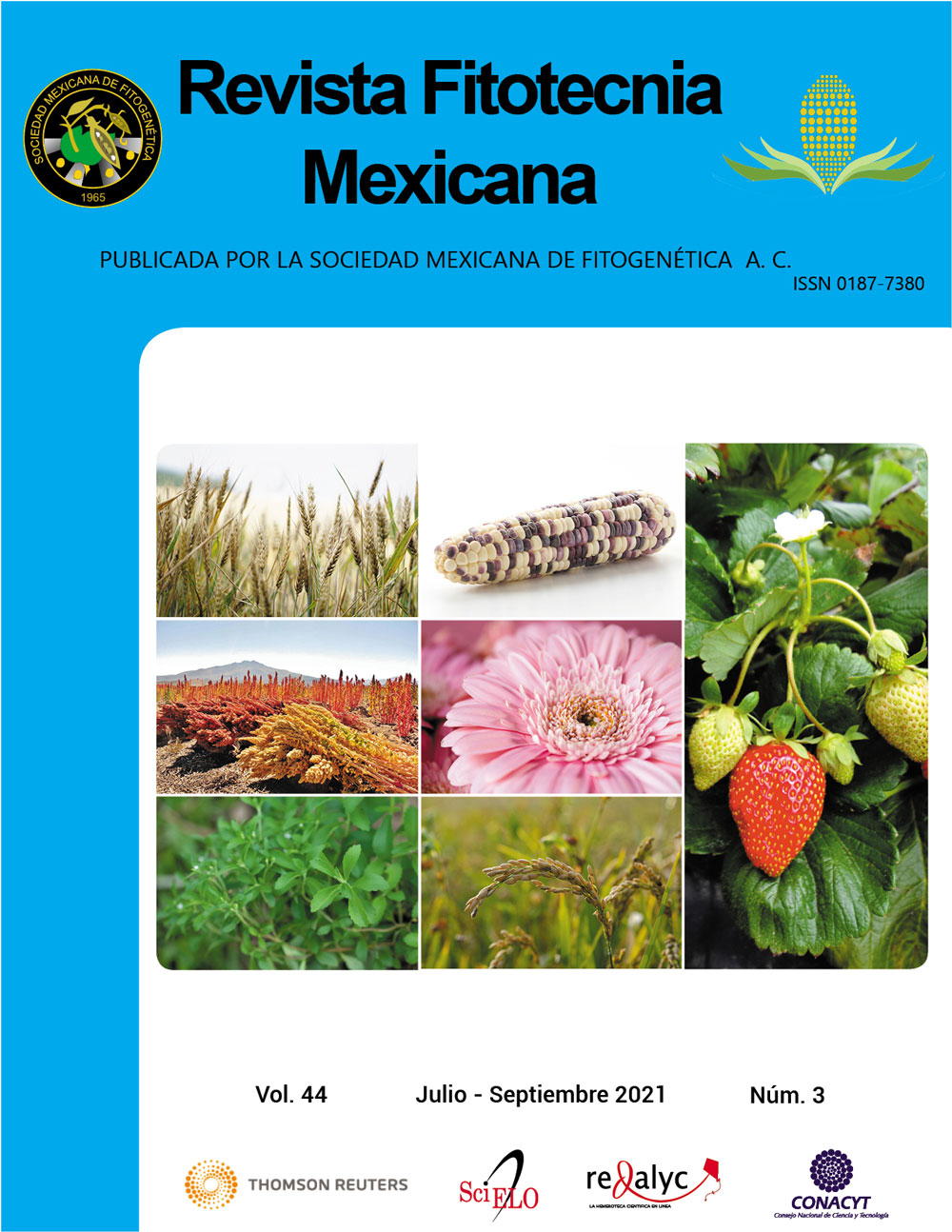THE IMPACT OF Engytatus varians (DISTANT) ( HEMIPTERA: MIRIDAE) ON TOMATO INSIDE CAGES IN A GREENHOUSE
Main Article Content
Abstract
Engytatus varians (Distant) (Hemiptera: Miridae) is a predator of various solanaceous pests, such as lepidopterans, whiteflies, aphids and psyllids; however, this mirid is zoophytophagous and feeds on parts of the plant as well. The aim of this study was to evalaute the damage on yield and fruit quality caused in tomato by E. varians. Some biological parameters of this predator were determined, such as survival and longevity of adults, among others. Females and males of this predator were placed separately with or without food (Sitotroga cerealella Oliver eggs) in entomological cages containing a stem section and a cluster of tomato (Solanum lycopersicum L.) fruits in a greenhouse in relation to a control (cages without insects). Adults of the predator did not cause necrotic rings on the stem sections nor did they affect their diameter or produce feeding punctures on fruits. Regarding the number of fruits, out of a total of four harvests, there was a significant decrease (~ 1.3-fold) in the small and jumbo categories in the treatments of females and males without food or females with food, compared to the control, whereas in the first-class fruits the decrease was between 1.2 and 1.6-fold in the four treatments tested. Yield was significantly lower (1.3-fold) in the treatment of females with food. The Brix degrees value of the fruits was similar (~ 4 %) in all treatments. Survival and longevity of female E. varians with food were significantly higher than in individuals of the other treatments. As a conclusion, the E. varians adults did not cause damage to the stem sections and fruits of tomato nor did they affect the Brix degrees values.

